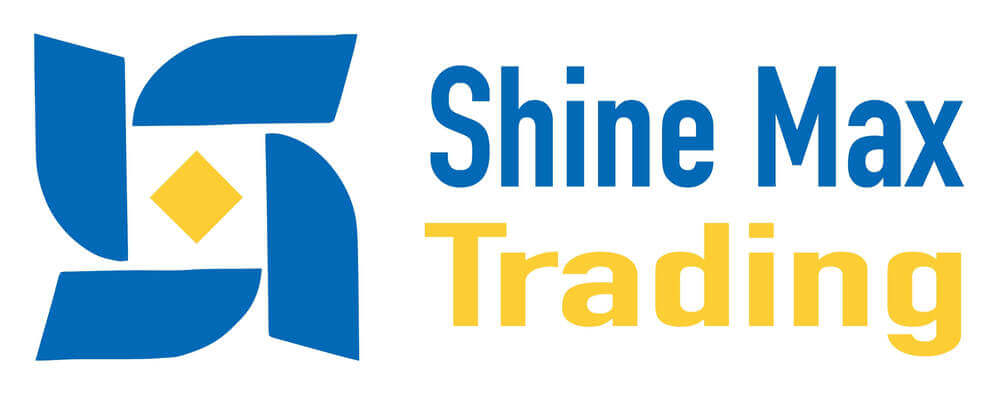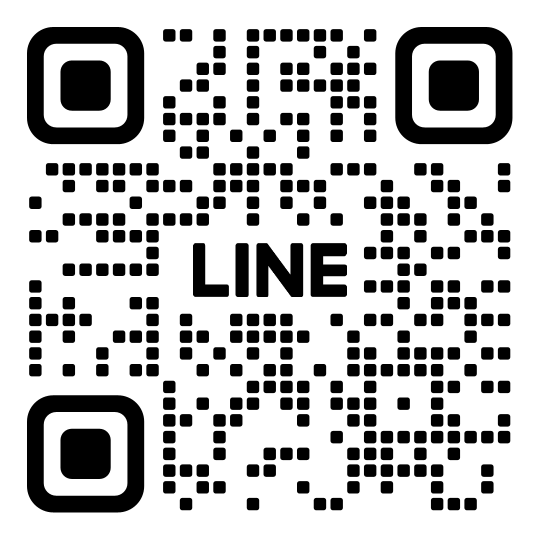
Fed's cautious signals spark heated debate! Trade war clouds loom, and the US economic outlook is shrouded in mist. The Fed faces a dilemma in its interest rate decisions amidst inflationary pressures and labor market uncertainties.
The Federal Reserve's monetary policy movements and the escalating global trade tensions have consistently been a focal point for the market. Recently, Fed policymakers have successively voiced their stance, reiterating the need for caution in formulating monetary policy, while the trade war initiated by US President Donald Trump has cast a heavy mist over the economic outlook. The inflationary pressures triggered by tariff policies, the risk of slowing economic growth, and subtle shifts in the job market are putting the Fed in a dilemma regarding interest rate decisions. This article will delve into this complex situation from multiple perspectives, including the Fed's latest statements, the profound impact of the trade war on the economy, and the potential risks of future inflation, providing you with an in-depth understanding of the current opportunities and challenges facing the US economy.
Fed Policymakers Call for Patience
Bostic: Policy Adjustments Require Careful Observation
Atlanta Fed President Raphael Bostic clearly stated in a recent article that while the current economic environment is generally healthy, facing the high uncertainty brought by the trade war, the Fed's best strategy is to "remain patient." He pointed out that uncertainties in the economy are affecting the stability of employment and prices, and the Fed has ample time to observe how these factors evolve. Therefore, he is not in a hurry to adjust the current monetary policy stance. Bostic emphasized that rash policy changes could bring unnecessary risks, especially when inflation has not yet fully stabilized and core inflation remains above the Fed's 2% target.
Bostic also revealed to reporters in a conference call that, based on the Fed's quarterly projections released in March, he anticipates a single rate cut in 2025, but this expectation is highly dependent on how uncertainty gradually dissipates. He admitted that the possibility of rate cuts still exists, but whether action is taken will depend on the performance of economic data and the specific impact of trade policy on inflation and growth.
Cook: Flexible Monetary Policy to Respond to Changing Situations
Fed Governor Lael Brainard spoke at a Council on Foreign Relations meeting in New York, further elaborating on the Fed's view of the current economic situation. She stated that despite the intensifying uncertainty brought by the trade war, the US economy's fundamentals remain solid. Cook pointed out that the current monetary policy stance is fully prepared to address various potential economic scenarios. Whether it's rate cuts, maintaining unchanged rates, or rate hikes, the Fed will keep all options open.
Cook specifically mentioned that trade policy adjustments have begun to have a substantive impact on the economy. For example, declining manufacturing output, reduced orders for some factory equipment, and companies scaling back investments in the face of uncertainty are all closely related to changes in tariff policies. She expects the US economic expansion rate in 2025 to slow significantly compared to last year, but the specific impact still requires further observation.
Economic Challenges Under the Cloud of Trade War
Tariff Policy Triggers Multiple Effects
The tariff policies pursued by the Trump administration have introduced significant uncertainty into the US economy. Cook pointed out that the impact of tariffs is still unclear; they could lead to a one-time price increase or lay the groundwork for more persistent inflationary pressures. For instance, the high inflation environment during the COVID-19 pandemic might exacerbate companies' inclination to raise prices, thereby further pushing up prices. Chicago Fed President Austan Goolsbee also stated in a recent event that businesses have already indicated they will pass tariff costs on to consumers, and upward price pressure could be reflected in inflation data within a month. If the impact is more profound, significant changes in inflation data could appear within a few months.
Hidden Concerns in the Job Market
The latest Job Openings and Labor Turnover Survey (JOLTS) report released by the US Department of Labor shows that both job openings and layoffs increased in April. Although economists have not expressed excessive concern about this, they will closely monitor the US monthly employment report for May, due to be released this Friday, to further assess the health of the labor market. Carl Weinberg, Chief Economist at High Frequency Economics, analyzed that in the face of tariff policy uncertainty, many US companies have adopted a wait-and-see approach, tending to hoard labor. Companies will only change this strategy if they confirm a significant increase in recession risk.
The Inflation Debate: One-Off Shock or Long-Term Threat?
Divergent Views Within the Fed
Regarding the impact of tariffs on inflation, there are differing views within the Fed. Some policymakers, such as Fed Governor Christopher Waller, tend to believe that tariff-induced price increases are a one-off shock that the Fed can choose to ignore in the short term and continue to pursue rate cut plans before year-end. However, other officials hold a more cautious stance. Cook warned that the high inflation during the pandemic might have provided a psychological basis for businesses to raise prices, increasing the risk of inflation expectations getting out of control. The Fed's common goal is to prevent the public's long-term inflation expectations from rising, which will have a profound impact on future monetary policy formulation.
Next Meeting Under Close Scrutiny
The Fed is expected to keep its benchmark interest rate target range unchanged at 4.25%-4.50% at its policy meeting on June 17-18. The market generally expects the Fed to closely monitor inflation, unemployment, and economic growth data to assess the full impact of the trade war on the economy. Many economists predict that Trump's tariff agenda could lead to rising inflation and unemployment, along with slowing economic growth, but the specific magnitude and duration remain highly debated.
Conclusion: The Fed's Balancing Act and the Misty Economic Outlook
The Fed is at a delicate crossroads. On the one hand, policymakers hope to create room to respond to the uncertainty brought by the trade war by maintaining patience and flexibility; on the other hand, inflationary pressures, changes in the job market, and the risk of slowing economic growth are posing challenges to monetary policy formulation. The statements from Bostic and Cook indicate that the Fed will closely monitor economic data in the coming months to decide whether to adjust interest rate policy. Whether the impact of the trade war is a one-off shock or will evolve into a long-term inflation threat remains unknown.
For investors and the general public, every statement from the Fed could be a catalyst for market fluctuations. The coming weeks, especially the June policy meeting and the release of the May employment report, will provide us with more clues, revealing the true trajectory of the US economy under the cloud of the trade war. In this moment of uncertainty, the Fed's prudence and balancing act are particularly crucial.
-
1Micro-Trading Explained: A New Trend in Low-Threshold Investment26
-
2How to Go Long in Micro Trading: A Comprehensive Guide17
-
3Basic Questions14
-
4Platform Benefits13
-
5Account Management11
-
6Risk and Security11
-
7Other Questions11
-
8Fund Management10
-
9Education and Support10
-
10Trading Operations9

















